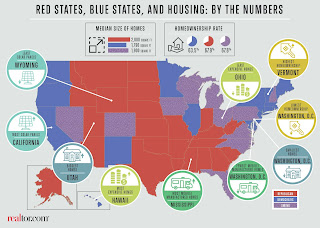 This is not something that a Realtor can advise you on (nor the escrow officer BTW), because it is definitely a legal matter, and it does also have tax implications. The various ways to hold title can be in good part summarized as indicated below:
This is not something that a Realtor can advise you on (nor the escrow officer BTW), because it is definitely a legal matter, and it does also have tax implications. The various ways to hold title can be in good part summarized as indicated below:- Sole ownership –In this scenario, property is owned entirely by one person, who can do whatever he or she wishes with it without permission from another party. If the sole owner dies without a will, the property passes according to the state law where it is located. In some cases, the court that has jurisdiction will appoint an executor to oversee disposition of the estate.
- Joint tenancy – As joint tenants, each person who has a share of ownership owns an equal share of the property. If one owner dies, that share passes automatically to the remaining owner(s).
- Tenants in Common – In this case, a property is owned by two or more people at the same time, but the proportionate interests and right to possess and enjoy the property need not be equal. The owners can sell their share of the property if they wish and, upon death, the decedent’s interest passes to his/her heirs who then become new tenants in common with the surviving owners. (None of the tenants in common automatically receive, by default, the share of the decedent.)
- Community Property – In the nine states that recognize community property, including California, any property you acquire while married is considered community property, and is equally owned between you and your spouse. This becomes especially relevant in the event of divorce.
- Community Property with Right of Survivorship - this (more recent) method is very often used nowadays around here in California, as it combines some of the advantages of owning from both Joint Tenancy and Community Property.
- and there are many other ways of holding title, among others in an LLC, or an LLP, or also, very common around our areas where properties are so high in value, in a Trust.
This is why it you are not certain how you want to hold title to your real estate asset, it is best to inquire ahead of time, ideally with a licensed California real estate attorney.
I have found that even people who've owned a property for a long time should revisit this important matter, as needs and life situations change over time.
Contact me if you need some resources, and do not just base your decision on the information above ;-)
As always, thank you for reading!
Francis
- and there are many other ways of holding title, among others in an LLC, or an LLP, or also, very common around our areas where properties are so high in value, in a Trust.
This is why it you are not certain how you want to hold title to your real estate asset, it is best to inquire ahead of time, ideally with a licensed California real estate attorney.
I have found that even people who've owned a property for a long time should revisit this important matter, as needs and life situations change over time.
Contact me if you need some resources, and do not just base your decision on the information above ;-)
As always, thank you for reading!
Francis
Trends: Local prices and graphs.
A worthy local non-profit to remember: Community Services Agency in Mountain View
My FB Page: Like it!
A worthy local non-profit to remember: Community Services Agency in Mountain View
My FB Page: Like it!
















